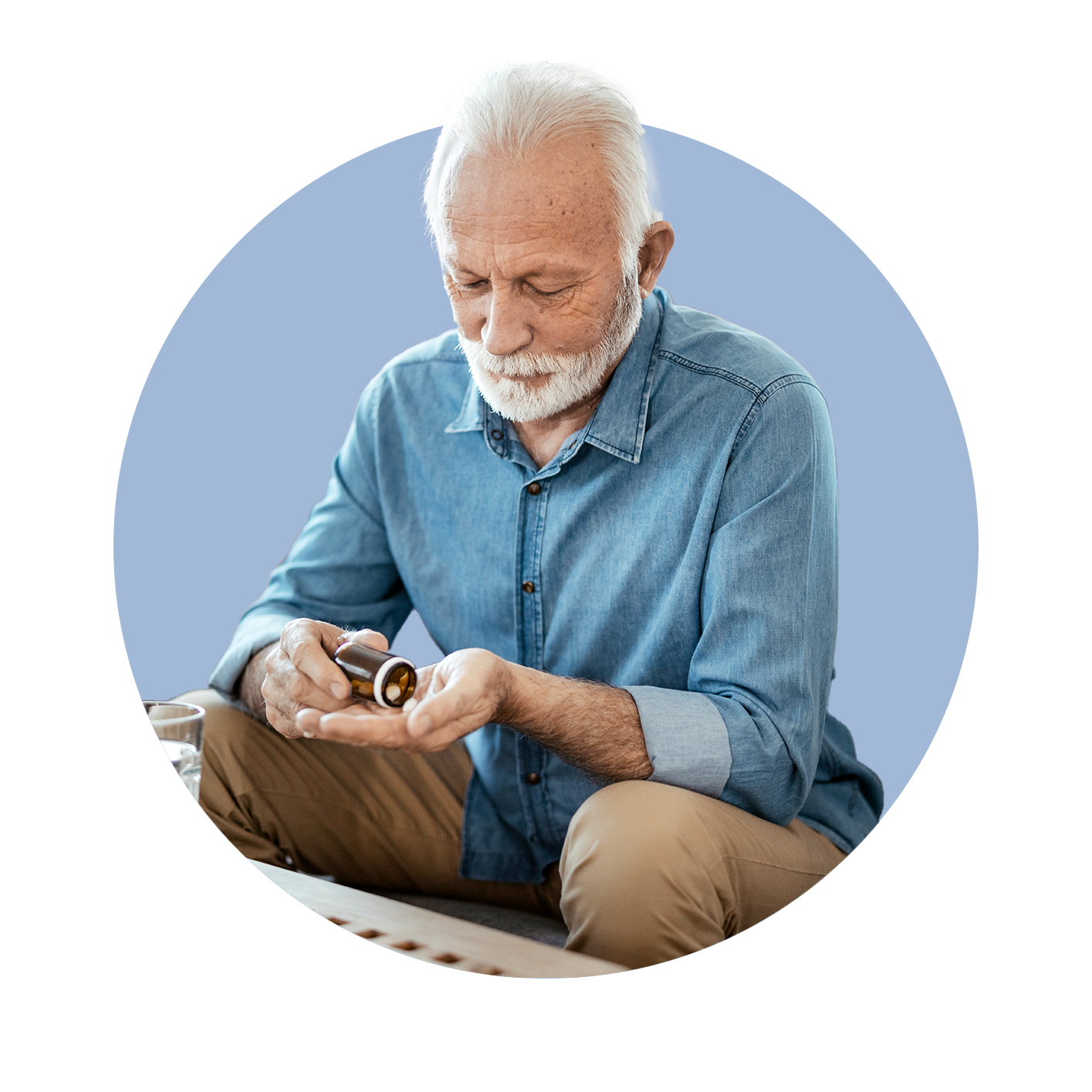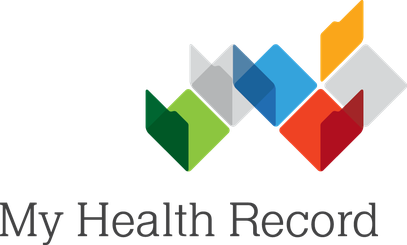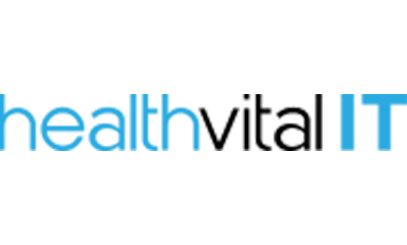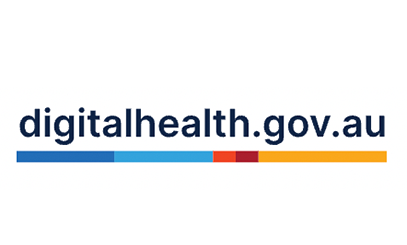Adding value to Clinical Practice and Reducing Medication Mishaps among older Australians
The My Health Record and my health app digital health tools are providing older vulnerable Australians with greater access to make educated decisions about their care, maintain their independence and live healthy lives.
Related Tags

At SEMPHN we seek to inform, inspire and engage primary health care professionals in relevant training specifically designed to support their continued growth and meet the ever-changing needs of consumers.
Our Aged Care Programs and Initiatives are dedicated to enhancing the wellbeing of our seniors in the community and in Residential Aged Care Homes through targeted programs and support. We do this by listening and responding to their needs to offer tailored support that improves access to aged care services.
This year, SEMPHN’s Aged Care and Digital Health team collaborated with the North Western Melbourne PHN to lead and co-develop a one-hour digital health webinar to support health providers to reduce the number of potential medication mishaps occurring in aged care environments.
“Across Australia, research shows that two medication errors are made on admission to hospital for every three patients, and an error occurs 1 in 10 times a medication is administered.
Most of these mishaps affect older patients, who are at much higher risk.” said Dr Jacinta Johnson,
University of South Australia pharmacist and researcher for the CARe-MED study which is implementing and evaluating a patient-centred, partnered medication charting and deprescribing model in hospitals using electronic medical records.
The My Health Record and my health app digital health tools are providing older vulnerable Australians with greater access to make educated decisions about their care, maintain their independence and live healthy lives.
In response to the Royal Commission into Aged Care Quality and Safety and Strengthening Medicare reforms, SEMPHN sought to address the high rate of medication mishaps occurring in aged care environments, the low rates of awareness of the benefits of
My Health Record
in Aged Care and the often-fragmented access to and sharing of information between healthcare providers.
Latest data from March 2024 told us that 34% of Australian aged care organisations are registered for My Health Record, but only 6% have used it.
Due to this low level of awareness of the benefits of My Health Record in aged care, we aimed to help to improve the adoption of digital technology including My Health Record among clinicians and health professionals in the field.
Co-delivered by the SEMPHN Aged Care Service Coordinator and Digital Health Officers, the
Digital Health Webinar- Aged Care-Reducing medication mishaps and adding value to clinical practice with My Health Record - was promoted across all Victorian Primary Health Networks (PHNs), and attended by Residential Aged Care Homes workers, clinical managers, GPs visiting Aged Care homes, pharmacists and our partners in health - Victorian PHN colleagues.
Features of the My Health Record and my health app digital health tools were highlighted to better facilitate information sharing among residents and their families and support clinicians to improve health outcomes of patients and their carers on their digital health journey.
Participants learnt how to identify the high-risk events that can lead to medication mishaps, such as points of transfer of care, and how viewing My Health Record and the my health app can support not only clinicians to improve health outcomes but also empower patients and their carers to manage their health information during their healthcare journey.
Myrtle's story
The webinar followed fictional character ‘Myrtle's 'Aged Care journey from her admission to Sunflower Aged Care, medication changes, transfer to hospital by paramedics following a fractured hip - and finally her return to Sunflower Aged Care home.
This led to a greater understanding and awareness of how digital health tools can help reduce risks, especially at the points of transfer of care.
Also developed in response to the Royal Commission into Aged Care Quality and Safety Strengthening Medicare Reforms, the webinar explored the MyMedicare General Practice in Aged Care Incentive and the new My Health Record Enhancement Aged Care Transfer Summary documents.
This digital solution uses My Health Record to facilitate access to crucial health information relating to an aged care resident to support clinical hand-over when an individual is transferred from a residential care setting into a hospital.
Identifying risks and managing health information
Participants gained an improved understanding on:
- identifying the high-risk events for medication mishaps
- how viewing My Health Record can support clinicians to improve health outcomes
- my health app and how it can empower patients and their carers to manage their health information
- the new Aged Care Transfer Summary documents – and how they will support in the transfer of care of residents to hospital.
Feedback following the session showed that:
of respondents intended to get more information about My Health Record
intended to discuss My Health Record with colleagues and/or patients
15% intend to start using My Health Record more in day-to-day work.
All respondents rated the overall quality of the presentation as Excellent or Good and commented:
“Great topic, very informative and useful. Looking forward to a positive outcome for aged care overall. “
SEMPHN looks forward to continuing to promote digital health initiatives that enable more effective communication among healthcare providers; to build a more efficient, connected and collaborative healthcare system.
This will help to improve the sharing of critical health information between hospitals, primary care and residential aged care homes at the point of care.
of people living in aged care facilities have at least one problem with their medicines detected at the time of a medicines review; most have three problems.¹
Across Australia, research shows two medication errors are made on admission to hospital for every three patients, and an error occurs 1 in 10 times a medication is administered. Most of these affect older patients, who are at much higher risk.²
How does My Health Record work?
Source
1. Pharmaceutical Society of Australia; Medicine Safety; Aged Care Report (Feb 2020)
2. University of South Australia, Finding the right script to reduce medication errors in hospital. (Article, Feb 2024)
Up next:
Providing early support for people impacted by unexpected or sudden death
To better understand and navigate their experience.
Content warning: This article mentions death and loss.









